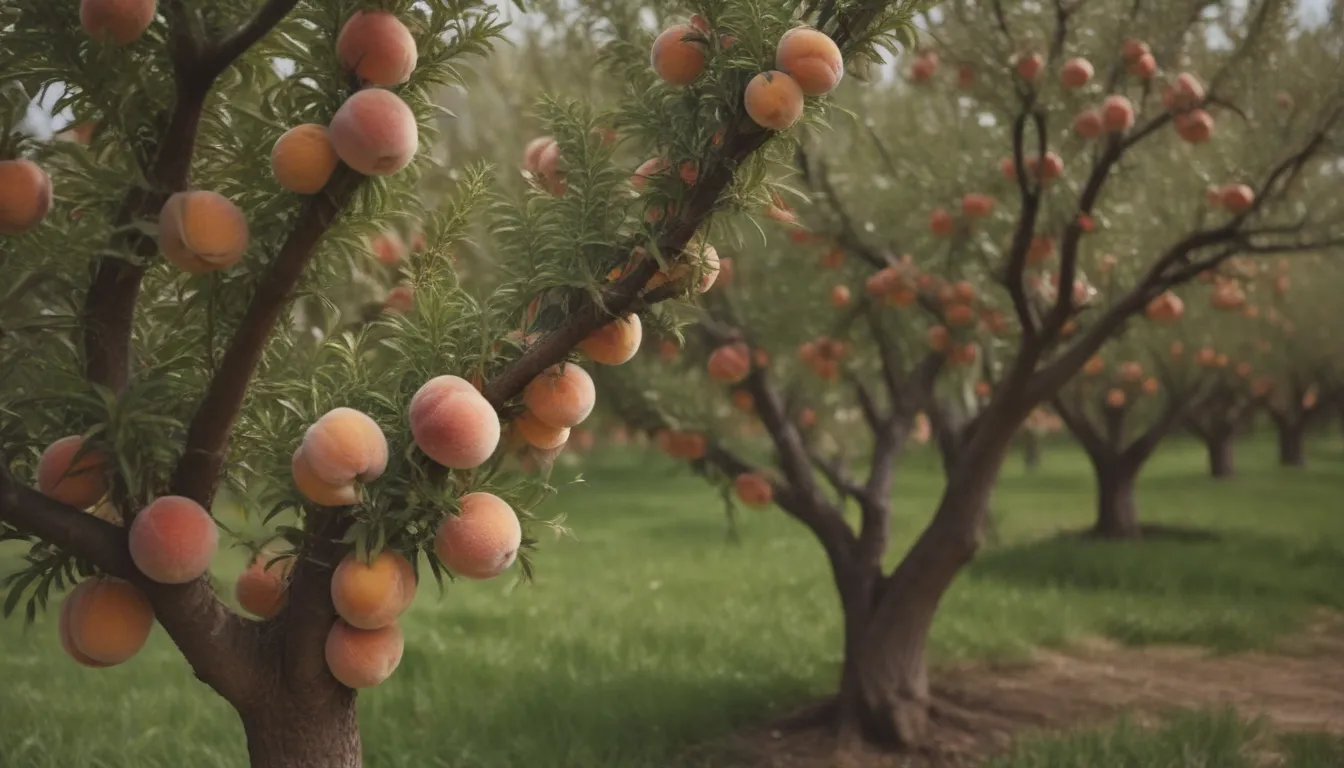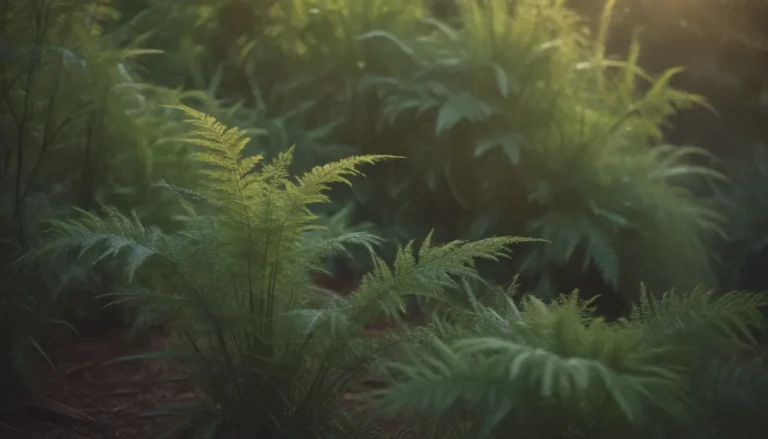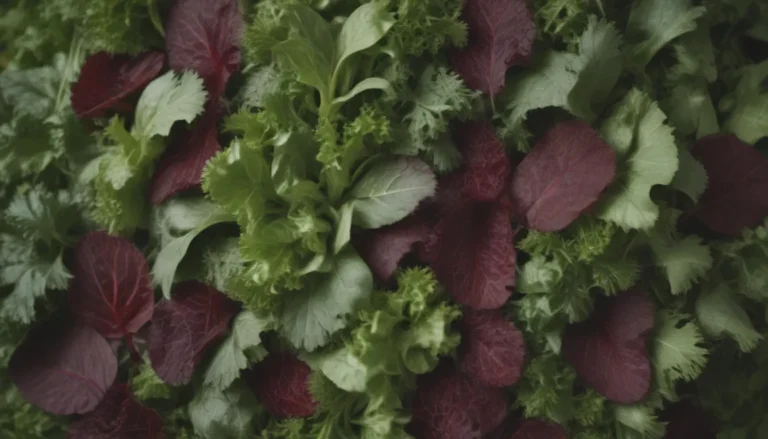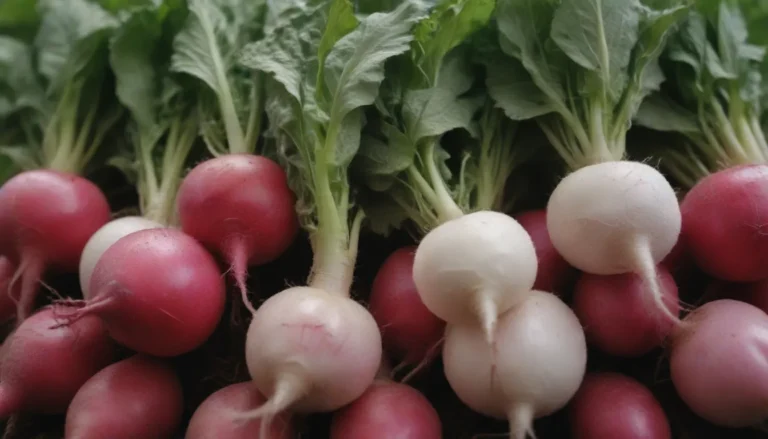Everything You Need to Know About Growing and Caring for Peach Trees

Peach trees are a delightful addition to any garden, providing fresh, juicy fruit that is perfect for snacking, baking, or preserving. Whether you are a seasoned gardener or a beginner looking to try your hand at fruit trees, growing and caring for peach trees can be a rewarding experience. In this comprehensive guide, we will discuss everything you need to know to successfully grow and care for peach trees, from selecting the right variety to dealing with common pests and diseases.
Getting Started with Peach Trees
Before you dive into planting your peach tree, it’s essential to understand the basics of caring for these fruit-bearing beauties. Here are the main care requirements for growing a healthy peach tree:
Light
- Peach trees thrive in full sun, so make sure to plant them in a location where they can soak up plenty of sunlight.
- Trees grown in shade may struggle to flourish and become more susceptible to pest and disease problems.
Soil
- Peach trees prefer well-drained soil that is slightly acidic and sandy in texture.
- Adding organic mulch, such as leaf mold or compost, around the tree can help suppress weeds and maintain soil health.
Water
- Keep peach trees evenly moist, especially during the first two years as they establish their root systems.
Temperature and Humidity
- Peach trees do best in moderate temperatures and typically grow well in USDA growing zones 5a to 8a.
- Selecting cold or heat-tolerant varieties can help expand the growing zone to include zones 4 and 9.
- Peaches require at least 600 chilling hours at 45 degrees Fahrenheit or lower to trigger fruiting.
- High humidity can promote fungal diseases, so ensure proper air circulation around the tree.
Fertilizer
- Apply a balanced 10-10-10 fertilizer around your peach trees each spring, gradually increasing the amount as the tree matures.
Types of Peach Trees
There are numerous peach cultivars to choose from, each offering unique characteristics. While peach trees can produce both clingstone and freestone fruits, most home gardeners prefer freestone varieties. Some popular peach tree varieties include:
- ‘Halehaven’
- ‘Carolina Belle’
- ‘Reliance’
- ‘Contender’
- ‘Galaxy’
- ‘Saturn’
- ‘Bonanza’
Pruning Your Peach Tree
Pruning is a crucial aspect of peach tree care, as it helps manage fruit size and ensures proper light exposure for fruit-bearing branches. Here are some tips for pruning your peach tree effectively:
- Aim for a herringbone pattern with an open center, resembling a vase shape.
- Remove branches growing downward or horizontally, especially those in the center of the tree.
- Prune peach trees just as the buds begin to reveal their pink color, avoiding pruning while the tree is dormant.
Propagating Peach Trees
If you’re interested in propagating peach trees, softwood cuttings are the easiest method to do so. Here’s how you can propagate a peach tree from cuttings:
- Step 1: Take softwood cuttings from a healthy peach tree.
- Step 2: Plant the cuttings in a suitable growing medium and provide adequate moisture and warmth for rooting.
Growing Peach Trees From Seed
Growing peach trees from seeds can be a rewarding experience, but it requires patience as it may take three to four years for the tree to bear fruit. If you decide to grow a peach tree from seed, follow these steps:
- Plant the seed during late winter or early spring when the tree is dormant.
- Provide the seedling with ample sunlight, water, and nutrients to support healthy growth.
Common Pests and Diseases
Despite your best efforts, peach trees are susceptible to various pests and diseases. Here are some common issues you may encounter:
Common Pests
- Aphids and spider mites: These pests can cause damage to the leaves and fruit.
- Peach tree borer: A significant pest that deposits eggs on the tree bark, leading to trunk and root damage.
Plant Diseases
- Powdery mildew: Causes fuzzy spots on the fruit and leaves.
- Coryneum blight: Leads to leaf browning and deformity.
How to Encourage Bloom and Fruit Production
Getting your peach tree to bloom and bear fruit can be a gratifying experience. Here are some tips to encourage bloom and fruit production:
- Select the right cultivar for your region based on chilling hour requirements.
- Protect the tree during cold snaps to prevent damage to blossoms.
- Thin out excess blossoms to allow for larger fruit development.
Common Problems with Peach Trees
If you encounter issues with your peach tree, such as poor fruit production or yellowing leaves, here are some common problems and solutions:
- Not Bearing Fruit: Several factors can contribute to a lack of fruit production, including inadequate pollination or pruning.
- Yellowing Leaves: Yellowing leaves may indicate iron deficiency or root rot, requiring appropriate treatment.
- Holes in Leaves: Holes in leaves can be caused by fungal diseases or pests like paper wasps, which may require targeted interventions.
Final Thoughts
Growing and caring for peach trees can be a fulfilling endeavor, offering a bounty of delicious fruit and beauty to your garden. By following the tips and guidelines outlined in this comprehensive guide, you can ensure that your peach tree thrives and produces an abundance of sweet, juicy peaches for years to come. Embrace the joys and challenges of cultivating peach trees, and enjoy the fruits of your labor!





